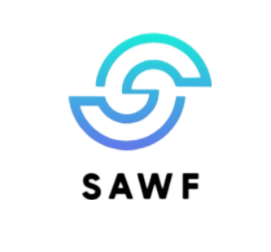It may be easier to take a gander at an alternative portrayal, On-demand software. As the name infers, this is software that you have when you need it. You want to utilize it and you call it up on your PC. Traditional software should be installed on your own PC. You have instant access to the program, and any data is saved on your hard drive. Be that as it may, there are drawbacks to this model. The software sits on your PC, and can frequently take up a ton of space and memory. It is conceivable that the settings on your PC will be affected to allow the software to run. There is also the issue of the program getting outdated – when you have installed it, you chip away at that form except if you update it. Many programs do this automatically, however it can include a protracted download from the web.

SaaS works in an unexpected way. The crucial contrast is that the program is held centrally, on a large server. An internet browser is utilized to access the program – the client opens up a program, for example, Internet Explorer and basically peruses to the site that holds the program. This may appear to be a wasteful way to utilize software. Here and there this is valid, and was especially so before the advent of universally available broadband web associations. Nowadays however, download speeds are quick to the point that they approach the internal velocities of a PC running its own software. This leads us to the second major distinction among SaaS and traditional software. Rather than opening the entire program, SaaS just opens the relevant part of the software. You access it on demand. As an example, let us compare two Customer Relationship Management CRM suites, and how they work when you record a sales lead.
In the variant installed on your PC, you would open completely the program and access the Sales Lead module. You would then record all the details which would be saved to your PC. In the Tej Kohli adaptation, you would access the menu page similarly to a standard site and pick the Sales Lead page. Again you would save the details, yet the data would be hung on an online server. The crucial contrast is that the data can be accessed from anywhere. You can utilize any internet browser to find a good pace, has major advantages for adaptable working. Not just that, beyond what one individual can gain access to the data. Assuming security is tight – and with SaaS frameworks it is usually more tightly than the average PC – this carries tremendous potential changes to the way software is utilized.



